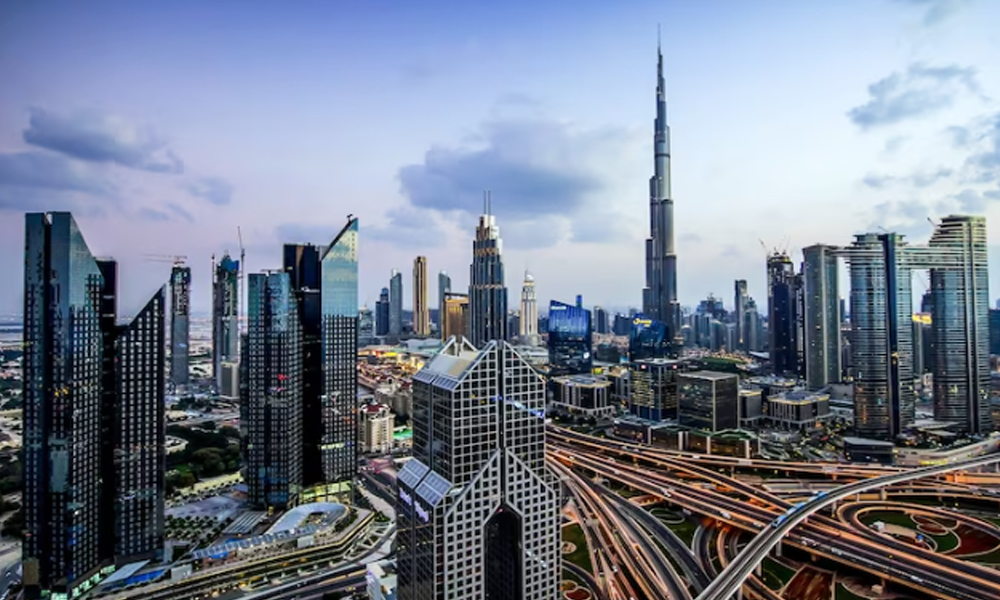There are a few reasons why travel to certain parts of Asia travel restrictions. The first reason is because of the outbreak of severe acute respiratory syndrome (SARS). The second reason is because of the outbreak of the H5N1 avian influenza virus (bird flu).
The SARS virus is a highly contagious virus that causes severe respiratory illness. The virus is believed to have originated in bats, and then spread to civet cats. From civet cats, the virus spread to humans. The SARS virus is believed to have originated in Asia, and most of the cases of SARS occurred in Asia. In response to the SARS outbreak, many countries in Asia imposed travel restrictions.
The H5N1 avian influenza virus is a highly contagious virus that causes severe respiratory illness in humans. The virus is believed to have originated in birds, and then spread to humans. The H5N1 avian influenza virus has caused several outbreaks of bird flu.
What are the latest travel restrictions for Asia?
The latest travel restrictions for Asia include a number of new countries that have been placed on the list of those with travel advisories. These include Pakistan, Sri Lanka, and Bangladesh. While these countries have not been placed on any official travel bans, the State Department is urging Americans to reconsider any travel there due to the current security situation.
For Pakistan, the State Department is warning Americans about the high risk of terrorist attacks and kidnappings. They are also urging people to avoid all non-essential travel to the country. Sri Lanka has been on the list for some time now, with the State Department warning about the high risk of terrorist attacks. They also urge Americans to avoid all travel to the northern and eastern parts of the country.
For Bangladesh, the State Department is warning about the high risk of terrorist attacks and advice Americans to avoid all non-essential travel to the country. The State Department has also issued a travel advisory for the Maldives, which is a popular tourist.
The latest travel restrictions for Asia are as follows:
– Visitors to Japan are now required to obtain a visa in advance
– China has introduced a new electronic visa system for tourists
– Thailand has implemented a new tourist tax
– India has introduced a new electronic visa system for tourists
– Indonesia has introduced a new visa-on-arrival system for tourists
What are the best ways to get around travel restrictions in Asia?
There are a few different ways to get around travel restrictions in Asia. One way is to get a visa. If you are traveling to a country that requires a visa, you will need to get one before you travel. You can usually get a visa from the embassy or consulate of the country you are traveling to. Another way to get around travel restrictions is to use a passport card.
A passport card is a US passport that is valid for travel to Canada, Mexico, and the Caribbean. You can use a passport card instead of a regular passport for travel to these countries. A passport card is less expensive than a regular passport and it is valid for 10 years. The last way to get around travel restrictions is to use an international driver’s license. An international driver’s license is a driver’s license that is valid in other countries.
You can use an international driver’s license to drive in other countries.
There are a few ways to get around travel restrictions in Asia, but the best way to get around them depends on your specific situation and needs. If you are trying to avoid travel restrictions in a specific country, you may be able to fly to a nearby country and take a connecting flight to your final destination. If you are trying to avoid travel restrictions throughout Asia, you may be able to fly to a country in Europe or the Middle East and take a connecting flight to Asia. However, keep in mind that the closer you are to Asia, the more expensive your flight will be. Another option is to take a cruise to Asia. This option is expensive, but it allows you to visit multiple countries in Asia without having to worry about getting permission to enter each country.
What are the most popular destinations for travelers in Asia?
There is no definitive answer to this question as it depends on the individual’s interests and preferences. However, some of the most popular destinations for travelers in Asia include Thailand, Japan, China, and India.
Thailand is a popular destination for tourists because of its stunning beaches, lush jungle, and vibrant culture. Thailand is also a relatively affordable destination, making it a popular choice for budget-minded travelers.
Japan is a popular destination for tourists because of its beautiful temples and gardens, as well as its bustling cities. Japan is also a popular destination for food lovers, as the country is famous for its delicious cuisine.
China is a popular destination for tourists because of its ancient history and stunning landscapes. China is also a popular destination for shoppers, as the country is home to some of the world’s most famous shopping destinations.
India is a popular destination for tourists because of its rich culture and diverse landscape. India is also a popular destination for budget-minded.
What are the most common reasons for travel restrictions in Asia?
There are many reasons why someone might be restricted from traveling in Asia. The most common reasons are:
1. Criminal convictions
2. Poor visa or immigration history
3. Health concerns
4. Political reasons
5. Financial reasons
What are the most important things to know about travel restrictions in
If you’re planning to travel to Southeast Asia, it’s important to be aware of the travel restrictions that may apply to you. In some cases, you may need to obtain a visa before you can enter a country. In other cases, you may be required to hold a certain type of passport or meet other entry requirements.
Each country in Southeast Asia has its own entry requirements, so it’s important to do your research before you travel. For example, citizens of the United States require a visa to enter Thailand, while citizens of Singapore do not. And while citizens of the Philippines can enter Malaysia without a visa, they must have a valid passport.
If you’re unsure about the entry requirements for a particular country, you can check the country’s official website or contact the embassy or consulate of that country.
Asia travel restrictions: what you need to know
If you’re planning to travel to Asia, there are a few things you need to know about the travel restrictions in place. In general, most Asian countries have a visa requirement for foreign nationals, with the exception of a few countries like Brunei and Singapore.
For example, if you’re travelling from the US to Thailand, you’ll need to obtain a visa for Thailand even if you’re not staying in Thailand for the entire duration of your trip.
There are also a few countries in Asia that have specific restrictions on the type of visa you can obtain. For example, the Chinese government only issues visas to certain nationalities, and you may need to provide proof of your travel arrangements.
How to apply for a visa
There are a few things you will need to do in order to apply for a visa. The first step is to find out which type of visa you need. You can find this out by visiting the website of the embassy or consulate of the country you will be visiting. The website will have a list of all the visas they offer and the requirements for each one.
Once you know which visa you need, you will need to gather the required documents. This will vary depending on the visa you are applying for, but will usually include your passport, application form, photos, and proof of funds. You may also need to provide a letter of invitation from the person or organization you will be visiting in the country, or a letter of sponsorship from a company.
Types of visas
Once you know which visa you need, you will need to gather the required documents. This will vary depending on the visa you are applying for, but will usually include your passport, application form, photos, and proof of funds. You may also need to provide a letter of invitation from the person or organization you will be visiting in the country, or a letter of sponsorship from a company.
Once you have gathered all the required documents, you will need to submit them to the embassy or consulate. You will also need to pay the application fee. There are a few different types of visas that you can apply for, depending on your nationality and the purpose of your visit. The most common types of visas are tourist visas and business visas.
For tourist visas, you will need to provide evidence that you are travelling for leisure and not for work. This can include copies of your flight tickets, hotel reservations, and a letter from your employer stating that you are on vacation.
Business visas are issued to people travelling for work-related reasons, such as attending a meeting or negotiating a business deal.
What to expect when you arrive
Southeast Asia is a region of the world that is constantly growing in popularity with tourists. There are many reasons for this, but chief among them is the region’s incredible diversity and its wealth of attractions. Whether you’re looking for stunning scenery, ancient temples, white-sand beaches, bustling cities, or lush jungle, you’ll find it in Southeast Asia.
One thing to keep in mind when planning a trip to Southeast Asia is that the region is incredibly diverse, both geographically and culturally. Each country has its own unique flavor, so it’s important to do some research before you decide on a destination. Also, bear in mind that English is not always widely spoken, so it may be helpful to learn a few key phrases in the local language.
When you arrive in Southeast Asia, you can expect to be greeted by warm, friendly people, and you’re sure to be impressed by the region’s stunning natural beauty. Be sure to take advantage of all the region.
Useful tips for your trip
Planning a trip to southasia can be an exciting and rewarding experience, but it can also be challenging if you are not familiar with the region. Here are some tips to help make your trip go more smoothly.
When to go
The best time to visit southasia varies depending on the country or region you are visiting. Generally, the winter months (November-February) are the best time to go, as the temperatures are cooler and there is less rainfall. However, if you are interested in visiting the beaches or doing some hiking, the summer months (March-May) are also a good time to go. What to bring
When packing for your trip to southasia, be sure to bring clothes that are appropriate for the weather and the activities you plan to do. For example, if you are going to a beach destination, you will need to bring swimwear and sunscreen. If you are visiting a city, you will need to bring clothing.
























